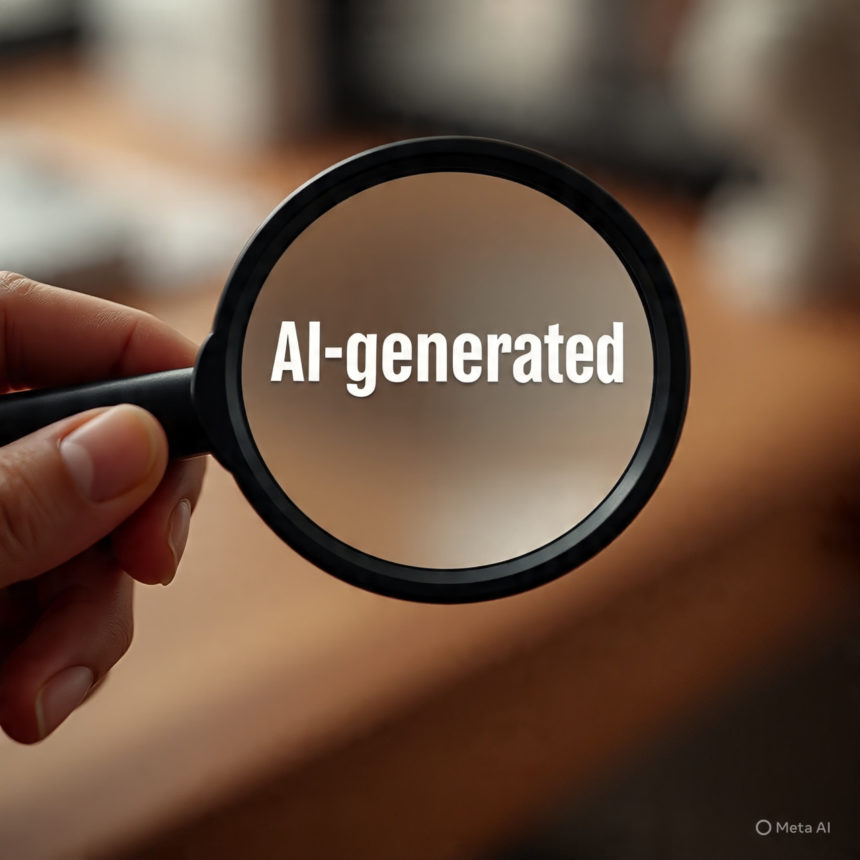A video announcing the launch of a free nationwide diabetes treatment recently went viral across Nigerian social media platforms.
The clip claimed that Ali Pate, coordinating minister of health, had unveiled a drug that would save everyone from diabetes and be delivered free to homes.
The claim was packaged so convincingly that an unsuspecting audience could believe it was genuine. But, it was later debunked to be an AI-generated video — one of the many deepfakes now flooding the internet.
Deepfakes are artificial media created using AI to make it appear as though someone said or did something they never actually did. In recent times, they have been deployed to spread political propaganda, commit fraud, and damage reputations.
So, how can you spot one before it misinforms you? In this listicle, Cable Check breaks down seven tell-tale signs of an AI-generated video.
SEVEN WAYS TO DETECT AN AI-GENERATED VIDEO
- Unnatural facial movements: Most AI-generated videos have delayed or inconsistent blinking, stiff smiles that do not involve the eyes, and an overly smooth head turns that look robotic.
- Inconsistent eye direction: Deepfakes often show eyes that stare for too long, blink more or less often than normal, or look away from the frame at unnatural moments, even while the person is speaking.
- Lip sync mismatch: When you come across a video and are unsure if it is AI-generated, pay close attention to the lips. In many deepfakes, the mouth movements do not perfectly match the audio.
- Blurry fingers or impossible hands: AI still struggles to create realistic hands and fingers. In a deepfake, you might notice blurry or smudged fingers during movement, more than five fingers on one hand, or unnaturally slow and awkward hand gestures.
- Strange audio quality: Many AI-generated videos use the voice of the person they are imitating, but there are clues to listen for like a robotic tone, unnatural pacing, or background noise that cuts in and out. Sometimes, the voice doesn’t match the environment, for instance, it sounds like the subject is indoors while the person appears to be outdoors.
- Flickering or inconsistent backgrounds: AI sometimes struggles to keep the background stable when the subject moves. You might notice flickering walls, bent furniture, or objects that subtly change shape between frames.
- Clothing and accessories glitches: AI-generated videos often struggle to keep clothing patterns consistent. As the person moves, patterns may shift unnaturally. You might also notice earrings that vanish and reappear, or glasses that fail to cast shadows or reflect light in a natural way.
While AI-generated videos are becoming harder to detect, tools like InVID, Deepware Scanner and other AI-detector can help you spot an altered video before it misleads you.





